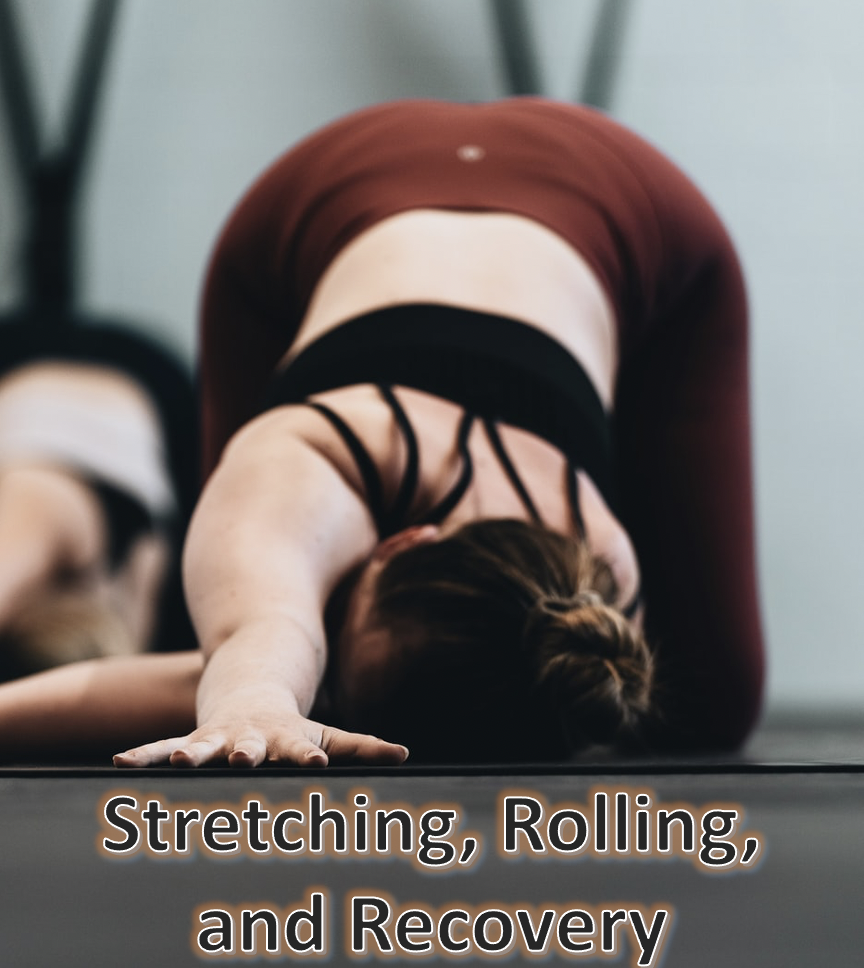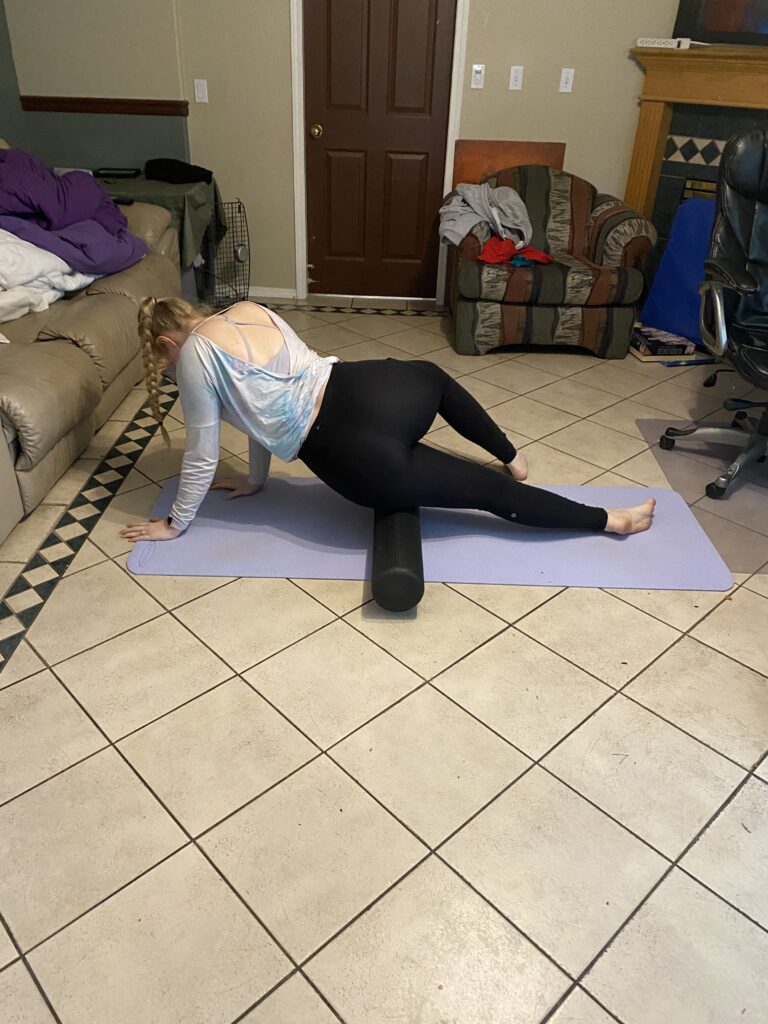
This week I am looking into one of the most critical parts of being a high intensity athlete. In order for your muscles to recover, your body to function optimally, and your achieve gains in your muscles, you bust rest and actively focus on recovery. Recovery consists of two categories: 1. Immediate or short-term recovery and 2. Long-term recovery. Short term recovery occurs within hours of physical activity. This includes things such as low intensity exercise after working out and during the cool down phase. Long-term recovery is anything that comes after this. This can include things that are built into your reoccurring schedule, such as a recovery day or regular yoga sessions, or things you do after physical activity in attempt to jump start your recovery, such as rolling and ice baths.
From past experiences, research, and talking with different coaches and personal trainers, here some ways to jump start recovery and repair your body:
- Sleep!! The deep stages of sleep cause an increase in blood flow which brings oxygen and nutrients that repair muscles and regenerate cells. In addition, while we sleep a hormone called growth hormone is released. This hormone stimulate muscle repair and growth. On top of this, prolactin (which is another hormone) is also released. This hormone helps regulate and reduce inflammation. Overall, sleep is one of the most important parts of recovery as, “Muscles and tissues repair and rejuvenate as we sleep.”
- Refuel right after activity – The sooner you can eat and drink after training, the faster your body will start to recover. Replenishing your body is critical in order for your body to have the ingredients in needs to recover. Eating within 20 minutes of finishing a workout will greatly aid in your recovery.
- Reflecting on how you feel – Reflecting on how you feel is a good way to spot problems early. Things such as your mood, energy levels, sleep quality, how your muscles feel etc. are all things that can indicate if you are getting enough rest, if you are getting sick, and if you need a break

- Hydrate and replace electrolytes – When you sweat, you lose water and a lot of electrolytes. Being properly hydrated helps flush out toxins, transport nutrients into the cells, regulate body temperature and pH balance, and help with muscle soreness and stiffness.
- Practice foam rolling – Foam rolling triggers the sudden relaxation of muscles by applying tension to the tight spot. Rolling help bring blood to the muscles, stretch and lengthen them, and improve range of motion and flexibility which can prevent injuries
- Enjoy an infrared sauna – 30-minute session one to three times per week is great for minimizing pain and loosening muscles. “Infrared light penetrates the skin to stimulate cells’ mitochondria and expedite healing. It’s especially good for soft tissue, which includes ligaments and tendons that are slow to heal because they don’t get a lot of nutrients.”
- Icing, ice baths, and cold showers – Icing help reduce swelling and flush out lactic acid in the muscles which aids in recovery
- Stretching and yoga!
Without proper recovery, you cannot repair your body, gain muscle, or be an optimal athlete. Because of this I decided to start doing yoga this week on top of my other routine recovery procedures which include foam rolling, icing, and more. Here is a short video below of me working through a yoga flow to improve my flexibility, range of motion, and overall recovery!
Photo Credits: Header photo by LOGAN WEAVER
